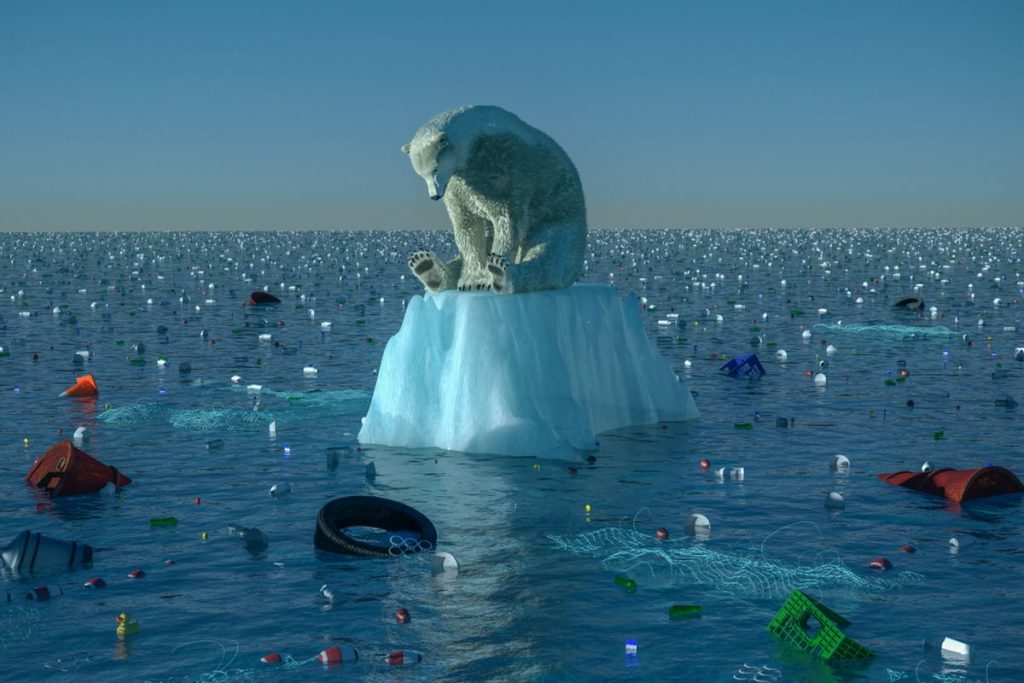GLOBAL WARMING REPORT: 1979-2020
Posted on: January 11, 2021

THIS POST IS A GRAPHICAL PRESENTATION OF THE GLOBAL WARMING TEMPERATURE DATA IN THE NOAA SATELLITE ERA FROM JANUARY 1979 TO DECEMBER 2020. LOWER TROPOSPHERE TEMPERATURE DATA PROVIDED BY UAH – The University of Alabama Huntsville.

PRESENTATION OF TEMPERATURE DATA ONE CALENDAR MONTH AT A TIME FOR ALL GLOBAL REGIONS IN GIF IMAGES THAT CYCLE THROUGH THE TWELVE CALENDAR MONTHS.


REGION#1=GLOBAL {LAND AND OCEAN}: GLOBAL MEAN TEMPERATURES

REGION#2=GLOBAL LAND ONLY: GLOBAL LAND MEAN TEMPERATURES

REGION#3: GLOBAL OCEAN ONLY: GLOBAL MEAN OCEAN TEMPERATURE

REGION#4: THE TROPICS: LAND AND OCEAN MEAN TEMPERATURES

REGION#5: TROPICS LAND ONLY MEAN TEMPERATURES

REGION 6: TROPICS OCEAN ONLY: MEAN TEMPERATURES

REGION#7: NORTHERN EXTENT LAND AND OCEAN MEAN TEMPERATURES

REGION#8: NORTHERN EXTENT LAND ONLY MEAN TEMPERATURES

REGION#9: NORTHERN EXTENT OCEAN ONLY MEAN TEMPERATURES

REGION#10: SOUTHERN EXTENT LAND AND OCEAN MEAN TEMPERATURES

REGION#11: SOUTHERN EXTENT LAND ONLY MEAN TEMPERATURES

REGION#12: SOUTHERN EXTENT OCEAN ONLY MEAN TEMPERATURES

REGION#13: NORTH POLAR REGION LAND AND OCEAN MEAN TEMPERATURES

REGION#14: NORTH POLAR REGION LAND ONLY MEAN TEMPERATURES

REGION#15: NORTH POLAR REGION OCEAN ONLY MEAN TEMPERATURES

REGION#16: SOUTH POLAR REGION LAND AND OCEAN MEAN TEMPERATURES

REGION#17: SOUTH POLAR REGION: LAND ONLY MEAN TEMPERATURES

REGION#18: SOUTH POLAR REGION: OCEAN ONLY MEAN TEMPERATURES


SUMMARY AND ANALYSIS
COMPUTATION OF GLOBAL MEAN WARMING FROM REGIONAL WARMING DATA


AREA WEIGHTS OF REGIONS FOR WEIGHTED AVERAGING OF THE RATE OF WARMING

THIS POST PRESENTS UAH SATELLITE DATA FOR 42 YEARS OF SURFACE TEMPERATURE IN THE PERIOD JANUARY 1979 TO DECEMBER 2020. THE DATA ARE PRESENTED SEPARATELY FOR THE ELEVEN GLOBAL REGIONS {NORTH POLAR LAND AND OCEAN}, {NORTHERN EXTENT LAND AND OCEAN}, {TROPICS LAND AND OCEAN}, {SOUTHERN EXTENT LAND AND OCEAN}, {SOUTH POLAR LAND AND OCEAN}, AND GLOBAL LAND AND OCEAN.
THE DATA ARE PRESENTED SEPAREATELY FOR THE 12 CALENDAR MONTHS ONE MONTH AT A TIME BOTH AS A SUSTAINED 42-YEAR TREND AND AS A SEQUENCE OF DECADAL TRENDS. THE DATA USED IN THE ANALYSIS ARE PROVIDED BY THE UNIVRSITY OF ALABAMA HUNTSVILLE IN THEIR UAH TEMPERATURE DATASET FOR THE LOWER TROPOSPHERE.
A SPECIFIC FEATURE OF THIS ANALYSIS IS THAT THE REGIONAL WARMING DATA FOR THE TEN REGIONS FROM NORTH POLAR TO SOUTH POLAR LISTED ABOVE COMBINED WITH AN AREA WEIGHTED AVERAGE AND COMPARED WITH THE GLOBAL DATA PROVIDED BY UAH. THE COMPARISON SHOWS A CLOSE AGREEMENT OF THE TWO GLOBAL SERIES AND THAT MAY IMPLY THAT THE GLOBAL DATA ARE NOT MEASURED BUT INFERRED IN THIS SAME MANNER.
THE DECADAL WARMING RATES PROVIDED FOR EACH CALENDAR MONTH SHOW CLEARLY THAT THE FULL SPAN TRENDS FOUND IN THE DATA CANNOT BE UNDRSTOOD AS A SUSTAINED RATE OF WARMING FOR THE FULL SPAN WARMING OVER THE FULL SPAN FROM 1079 TO 2020 BUT THAT RATHER THAT THE WARMING RATES REPORTED ABOVE FOR THE FULL SPAN MUST BE UNDERSTOOD AS AN AVERAGE OF WILDLY VARYING SEQUENCE OF DECADAL WARMING AND COOLING CYCLES. THE FULL SPAN WARMING FOUND IN THE DATA IS SIMPLY THE AVERGE OF A WILD VARIATION OF DECADAL WARMING RATES WITH THIS VOLATILITY IN TURN UNDERSTOOD AS AN INTERNAL VARIABILITY ISSUE.
OF THE TEN SUB-REGIONS STUDIED FROM NORTH POLAR TO SOUTH POLAR AND PRESENTED GRAPHICALLY ABOVE, WE FIND THAT THE NORTH POLAR REGION IS WARMING THE FASTEST AND THE SOUTH POLAR REGION THE SLOWEST IF AT ALL. THE TREND LINES ALONG WITH THE CORRESPONDING 95% CONFIDENCE INTERVALS FOR ALL REGIONS ARE SUMMARIZED IN THE GIF IMAGE BELOW.
SUMMARY OF THE DATA FOR ALL REGIONS IN A GIF IMAGE
The mean full span temperature trend is shown in blue.
The 95% confidence interval for the mean temperature trend is bounded by the red and black lines. The precision varies greatly among the global regions studied.

4 Responses to "GLOBAL WARMING REPORT: 1979-2020"
I remember a paper published in the 1970s by Peter Rowe of UCL in which he showed how even random numbers can be processed to seem to correlate by using log-log plots and other tricks. Unfortunately, I’ve lost the paper and cannot locate it on the web.


April 16, 2021 at 5:19 pm
Great presentation of the data, thanks.
As I look at the curves fitted to the widely spread data I started wondering whether there was any good statistical justification for any curve over the mean value with s.d. Given the magic of excel it is possible to fit all types of curves to data (it used to be so time consuming as to be impractical): however, excel only gives the R-squared coefficient which is a poor guide to Goodness of Fit, it does not immediately show the significance of the curve-fit.
It seems to me that we often over-process data, especially the hugely inaccurate temperature measurements, in effect we are hearing music in the noise. What do you think?
April 16, 2021 at 5:32 pm
Thank you for this comment. I will look into it. I used to be a statistician way back when before I turned into a retired golf goofball.